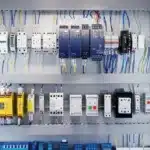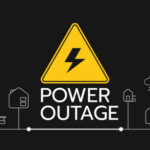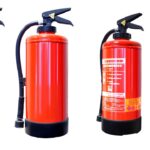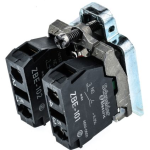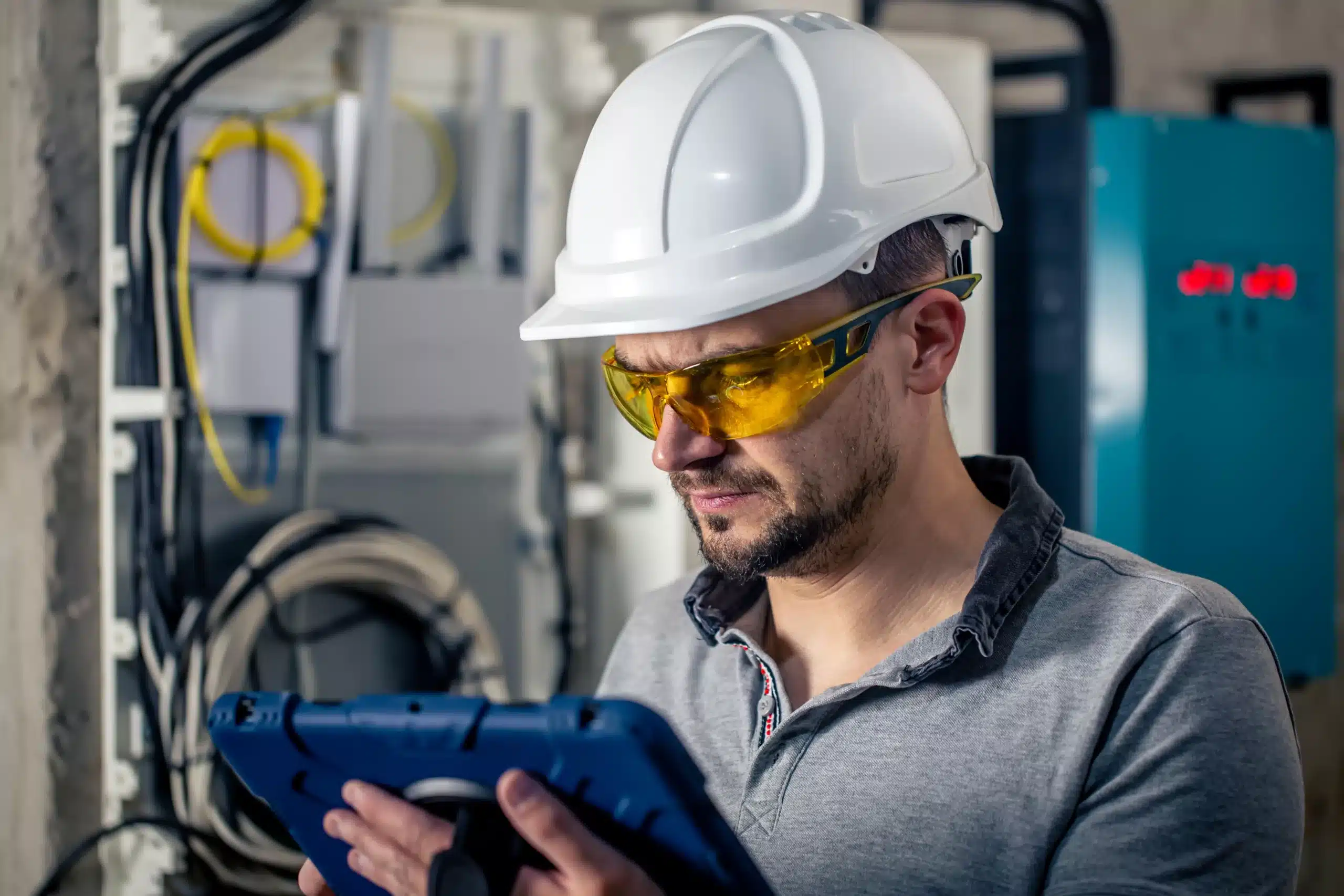
Introduction
The mining industry – a milestone in driving the global economy, relies heavily on a complex and extensive electrical supply chain. From powering heavy machinery to illuminating underground tunnels, electricity is the lifeblood of mining activities. However, with the inherent risks associated with mining operations, ensuring the safety and reliability of these operations and components is paramount, boosting the operational efficiency of mining activities and ensuring the safety of the workforce and the environmental sustainability of mining projects. This article overviews the best strategies and practices for optimising safety and reliability within these critical supply chains, highlighting the significance, key challenges, and success stories of reliable and safe mining electrical supply chains.
Understanding the Mining Electrical Supply Chain
The mining electrical supply chain refers to the comprehensive network and process involved in producing and distributing electrical products and services specifically for the mining industry. This includes the procurement, transportation, and management of electrical products and systems used in mining operations, ranging from large-scale machinery to intricate safety devices. The chain’s complexity is heightened by the harsh and variable conditions under which mining equipment operates, necessitating robust and reliable electrical solutions.
The Need For Robust Safety and Reliability in Mining Sectors
The mining industry significantly contributes to the global economy, providing essential materials for various sectors, including construction, manufacturing, and energy. Given the industry’s inherent risks, including accidents, downtime, and potential environmental hazards, the need for continuous operation with safety and reliability is of paramount importance. Addressing these potential challenges to the industry not only protects workers and the environment but also secures the industry’s role in the global economy by ensuring stable, efficient, and responsible extraction and processing of mineral resources.
Key Challenges in Mining Power Supply Chains: Understanding the Risks
Several challenges confront the mining electrical supply chain, including:
- Harsh Operating Environments: Extreme temperatures, dust, moisture, and corrosive materials can impair electrical equipment’s functionality and safety.
- Safety Concerns: Electrical hazards such as electrocution, arc flashes, and fires pose serious risks to personnel and assets within mining facilities.
- Logistical Complexities: The remote locations of many mining sites complicate the transportation and timely delivery of electrical components.
- Maintenance and Downtime: Unplanned downtime due to electrical failures can result in significant productivity losses and operational disruptions, underscoring the importance of proactive maintenance strategies.
- Technological Advancements: Keeping pace with rapid technological changes and integrating new, safer, and more reliable technologies into existing systems.
- Regulatory Compliance: Adhering to a complex web of local and international regulations governing mining operations and electrical equipment standards.
Best Strategies for Enhancing Safety and Reliability in Mining Electrical Supply Chains
Implementing optimised safety and reliability measures in the mining sector involves multifaceted approaches, including:
Implementing Robust Quality Control Measures
Quality control is crucial at every stage of the electrical supply chain. This involves rigorous testing of components before they are deployed in the field, regular inspections, and maintenance routines to ensure they continue to meet safety and performance standards.
Leveraging Advanced Technologies
Innovative technologies such as IoT (Internet of Things) devices, predictive analytics, and automation can significantly improve the safety and reliability of mining electrical systems. These technologies can provide real-time monitoring of equipment, predict earlier failures, and automate maintenance tasks.
Ensuring Regulatory Compliance and Best Practices
Staying abreast of and complying with industry regulations and standards is essential to ensure legal compliance and promote the adoption of best practices in electrical safety and reliability.
Adopting Advanced Electrical Systems and Safety Equipment
Using advanced electrical systems and safety equipment, such as high-efficiency transformers, automated switchgear, insulated tools, voltage detectors, and smart grids, can enhance both safety and reliability. Investing in these systems and equipment offers improved performance, better fault tolerance, and the potential to isolate problems automatically, thereby minimising the risk of accidents and downtime.
Integrating Renewable Energy Sources
The integration of reliable renewable energy sources, such as solar and wind power, can significantly enhance the electrical supply’s reliability by reducing dependence on external power grids. Renewable energy sources also offer environmental benefits, aligning with regulatory requirements and sustainability goals.
Fostering Strong Supplier Relationships
Building strong, collaborative relationships with suppliers can enhance the reliability of the electrical supply chain. This includes collaborating and working with suppliers to ensure they know the unique needs of the mining industry and can provide products that meet these demands.
Investing in Training and Development
Investing in the training and development of workers and staff who manage and operate electrical systems in mining operations is crucial. Well-trained personnel are better equipped to identify potential issues, perform routine maintenance, and respond effectively to emergencies.
Safe and Reliable Power Supply Chains for Mining Operations: Case Studies and Best Practices
When it comes to safe and reliable mining operations, several industries have learned much from both past successes and failures. From various industries, the two leading mining companies have successfully implemented the best practices for ensuring the safety of workers and operations.
- Rio Tinto’s Mine of the Future: Rio Tinto has invested in advanced automation and digital technologies to enhance safety and reliability in its mining operations. By implementing predictive maintenance systems and remote monitoring solutions, Rio Tinto has significantly reduced downtime and improved overall operational efficiency.
- BHP’s Safety Leadership: BHP, one of the world’s largest mining companies, emphasizes safety leadership at all levels of its organization. Through continuous training, safety audits, and engagement with stakeholders, BHP has cultivated a culture of safety excellence, resulting in reduced injury rates and improved reliability across its electrical supply chains.
Final Thoughts
Optimizing safety and reliability in mining electrical supply chains is a multifaceted challenge that requires a comprehensive approach. By implementing robust quality control measures and advanced electrical systems mentioned in the article, mining companies can significantly achieve the highest levels of safety and reliability of their electrical supply chains. These efforts not only protect the workforce and the environment but also improve the efficiency and long-term profitability of mining operations.










